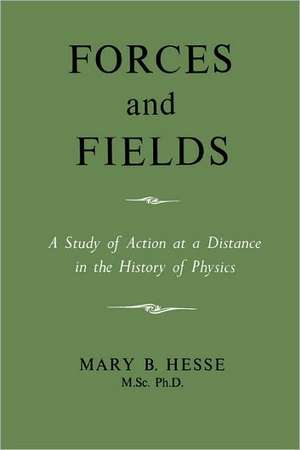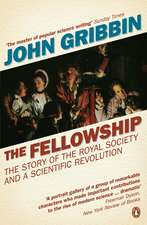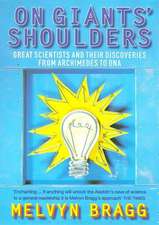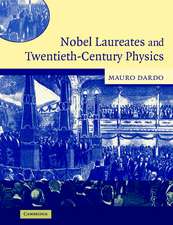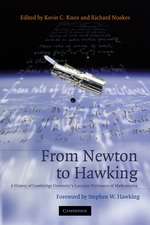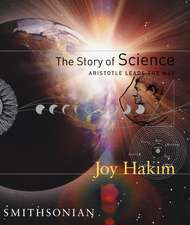Forces and Fields
Autor M. Sc Ph. D. Mary B. Hesseen Limba Engleză Paperback – 31 dec 1960
Preț: 97.13 lei
Nou
Puncte Express: 146
Preț estimativ în valută:
18.59€ • 19.33$ • 15.35£
18.59€ • 19.33$ • 15.35£
Carte disponibilă
Livrare economică 24 martie-07 aprilie
Preluare comenzi: 021 569.72.76
Specificații
ISBN-13: 9780806530857
ISBN-10: 0806530855
Pagini: 332
Dimensiuni: 156 x 234 x 18 mm
Greutate: 0.47 kg
Editura: Philosophical Library
ISBN-10: 0806530855
Pagini: 332
Dimensiuni: 156 x 234 x 18 mm
Greutate: 0.47 kg
Editura: Philosophical Library
